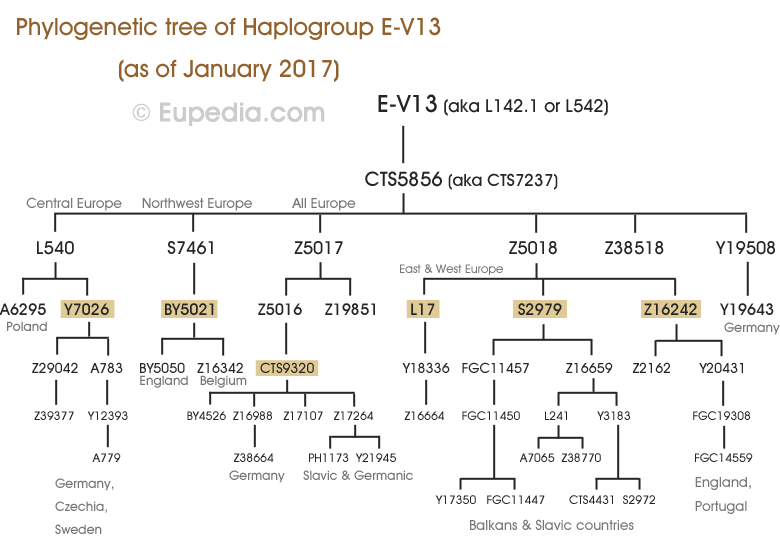Azzurro
Banned
- Messages
- 450
- Reaction score
- 117
- Points
- 0
- Ethnic group
- Italian
- Y-DNA haplogroup
- J-Y15222
- mtDNA haplogroup
- U5a2b5
As the title suggests what is the Greek influence on Italian Y-dna, as known Italians and Greeks have a long shared relationship, as they set up many colonies in the South and formed what was known as Magna Graecia.
https://en.wikipedia.org/wiki/Magna_Graecia
But it is not excluded to only Southern Italians, as Greeks set up a colony in Ancona, and had a presence in Liguria, plus there was a Greek quarter in Ancient Rome, with additional Byzantine history in Italy.
What were the main lineages brought from the Greeks to the Italians? Certain haplogroups such as E-V13, J2a-M319, J2b-Z638, and R1b-Z2103 to me show the Greek legacy. What other haplogroups/subclades could or potentially be Greek?
https://en.wikipedia.org/wiki/Magna_Graecia
But it is not excluded to only Southern Italians, as Greeks set up a colony in Ancona, and had a presence in Liguria, plus there was a Greek quarter in Ancient Rome, with additional Byzantine history in Italy.
What were the main lineages brought from the Greeks to the Italians? Certain haplogroups such as E-V13, J2a-M319, J2b-Z638, and R1b-Z2103 to me show the Greek legacy. What other haplogroups/subclades could or potentially be Greek?



